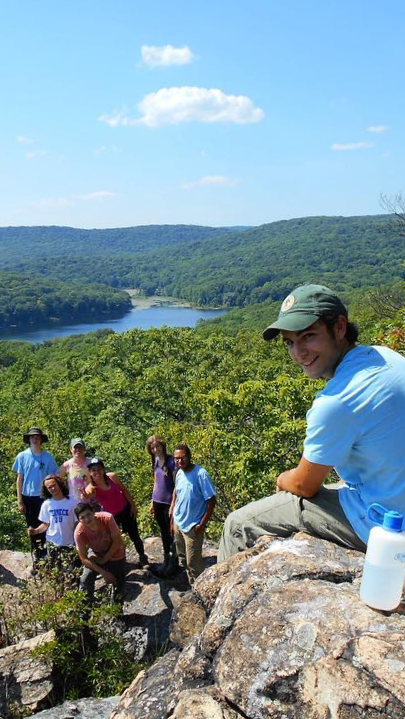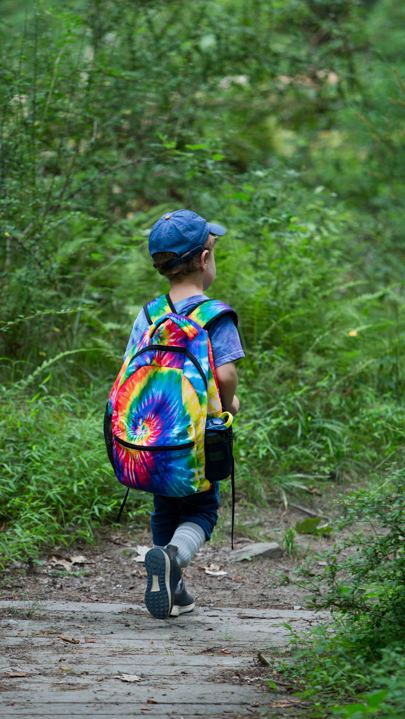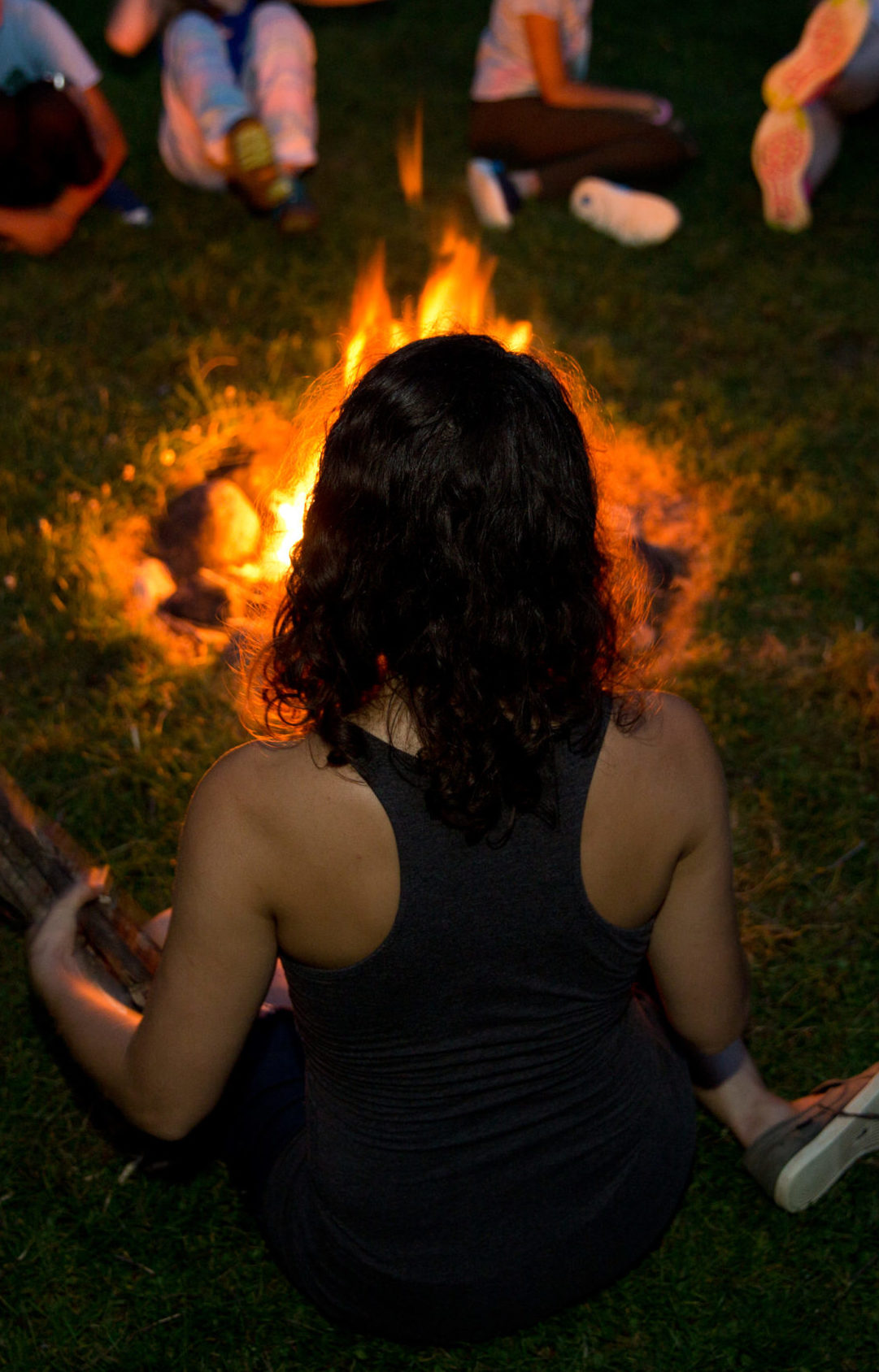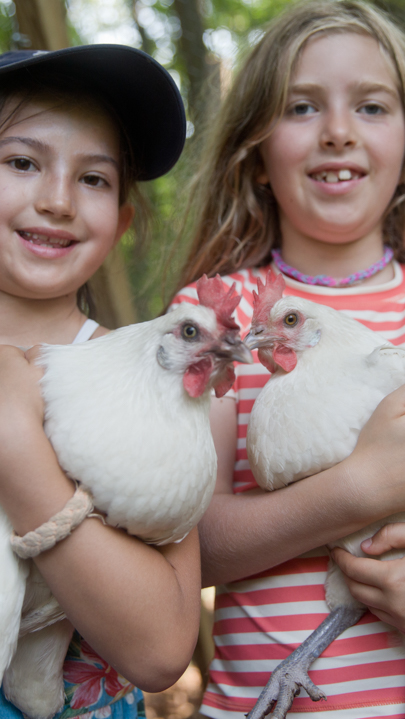Looking for Green
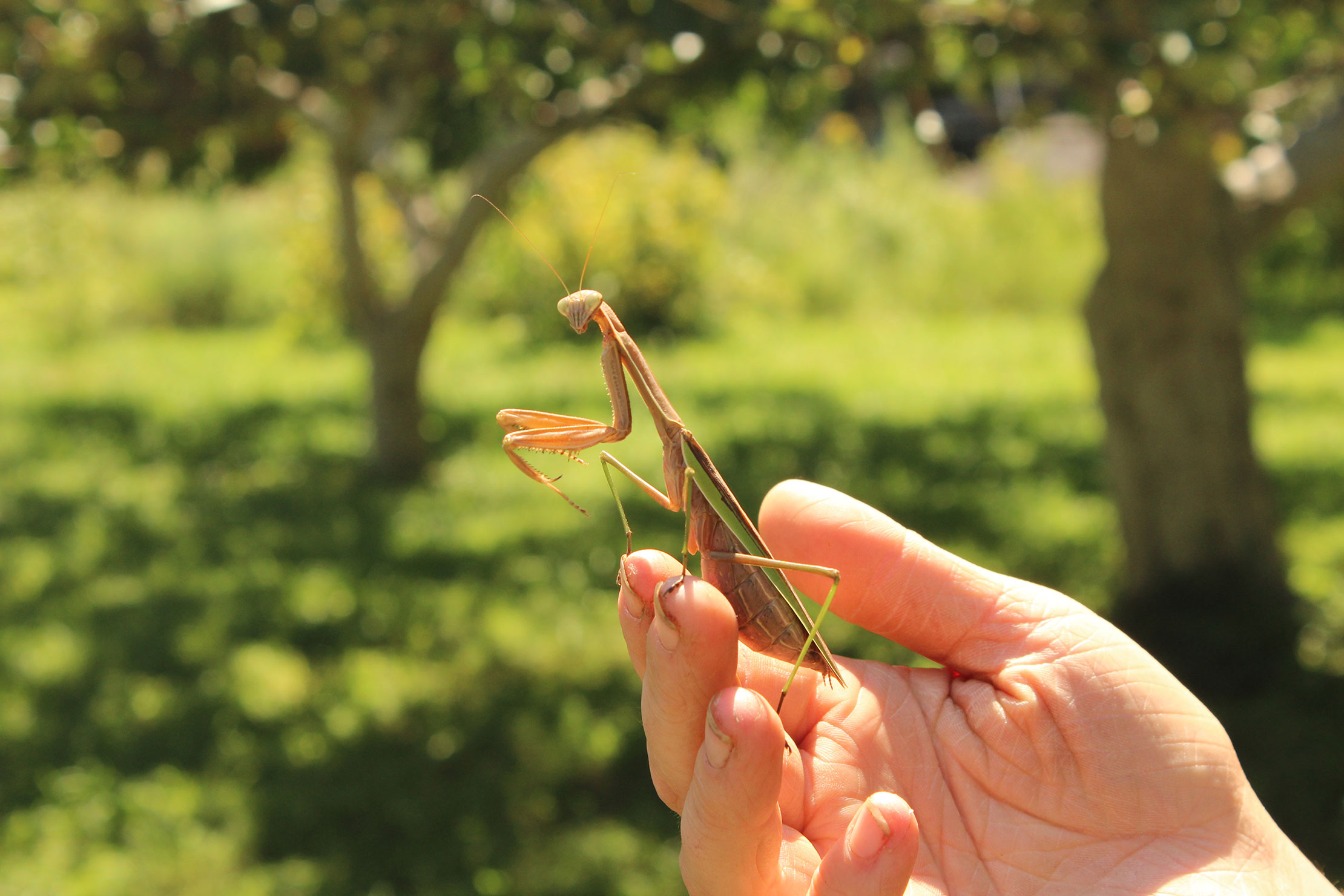
During the just-finished holiday time it was almost impossible not to see green in the forms of wreaths, garlands, trees and more, inside and outside of homes, stores and malls. A continuation, some say, of our ancient ancestors’ activities during the longest nights of the year, the time of the Winter Solstice. Green, to remind them that the dark will not last forever, that life will continue.
During a January walk out-of-doors we can still see green in the form of our evergreen trees. By the way, pine trees are evergreens, but not all evergreens are pine trees! There are others such as spruce, fir, hemlock and more. You can tell pines apart from the other evergreen trees by looking closely at the needles. Only the pines have their needles in groups or small bunches, anywhere from two to five needles in a bunch, depending on what kind of pine it is. And a cone from a pine tree is certainly a pine cone but a cone from a spruce tree is a spruce cone, from a hemlock tree a hemlock cone, from Dairy Queen an ice cream cone, etc.
In our area we also find the tamarack or larch tree that is a deciduous evergreen. It loses all of its needles in the fall. Go figure. And …our evergreens are not really ‘ever’ green, at least not with the same needles. Yes, evergreen trees lose their needles too, just not all at once.
This fall and early winter I have become aware of other ‘greens’ much closer to the ground than the evergreen trees. Onion grass and skunk cabbage. The former seems to have a growth spurt in late summer and stays long and straggly and green through winter winds, freezing temperatures, snow and ice. For the skunk cabbage you must venture into a swampy, low, wet area for what look like greenish ‘devil’ horns sticking up from bare ground. They are so cool to find! Feel how tightly wrapped next spring’s leaves are within these ‘horns’.

